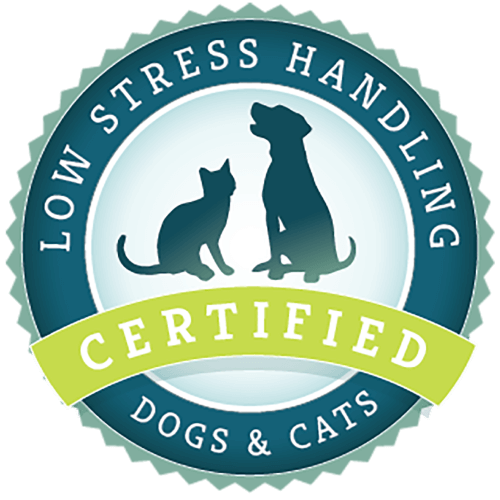What article are you looking for?
Recent Articles
Low Calorie Training Treats
Q: My vet told me my dog needs to lose weight so now I can’t use treats for training. What do I do?
What Does Managing Behaviors Really Mean?
Management is an important part of the behavior modification process and is a first step in setting up your pet for success.
Is your pet afraid of the cone? Other alternatives?
Q: Is your pet afraid of the cone? There are alternatives.
Does Enrichment Matter for My Cat?
Is enrichment as important for my new kitten as it would be for dogs or people? It sure is, and here are some tips.
Puppy Confinement Training Tips
The goal of confinement training is for your new puppy to be comfortable in their crate. Confinement can be scary and frustrating for your new puppy so go slowly with training.
Help for Your Barking Dog
Barking is a normal behavior and one of the ways dogs communicate. However, some breeds have a higher tendency to bark. Here are some behavior modification steps to help you and your dog gain peace and quiet.
Looking for certifications instead?

Low Stress Handling® Silver-Level Certification
Individual Certification at this level demonstrates to clients and employers the individual’s dedicated interest in Low Stress Handling®. Hospital Certification at this level demonstrates to clients and staff the hospital’s commitment to appropriately training staff in Low Stress Handling® methods.
Learn More
